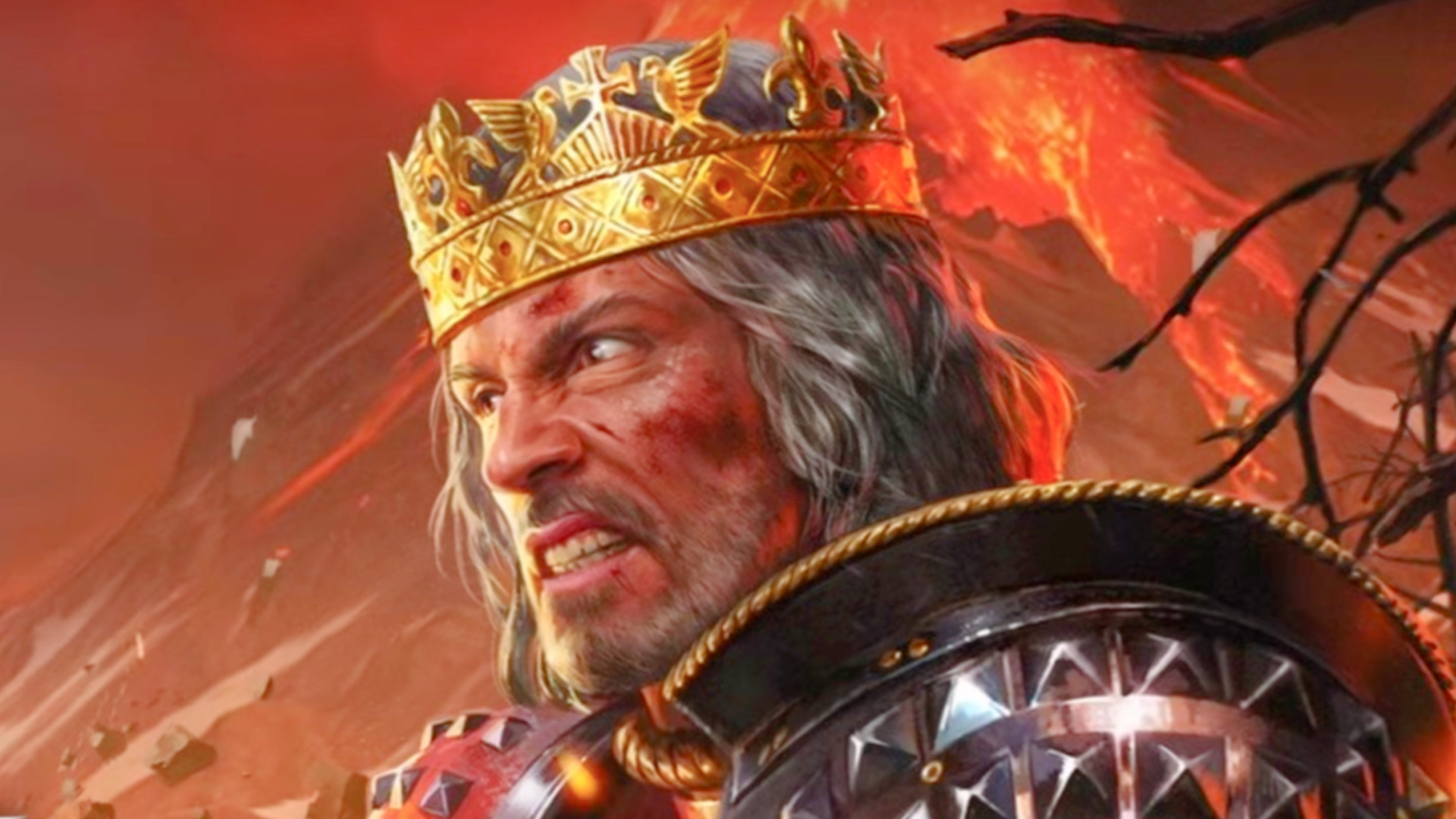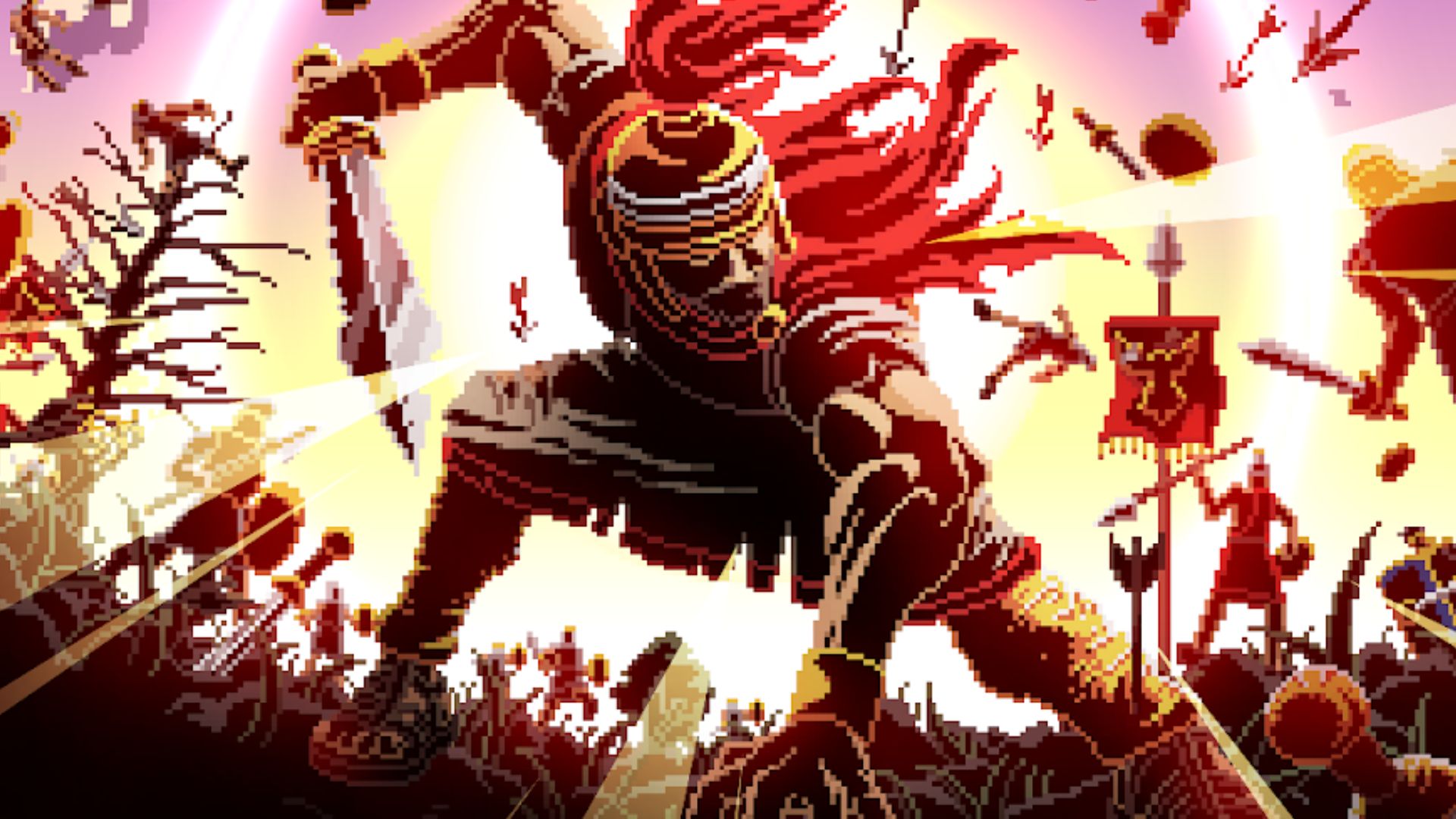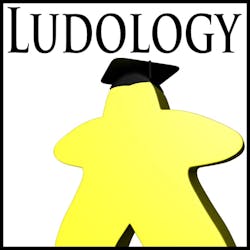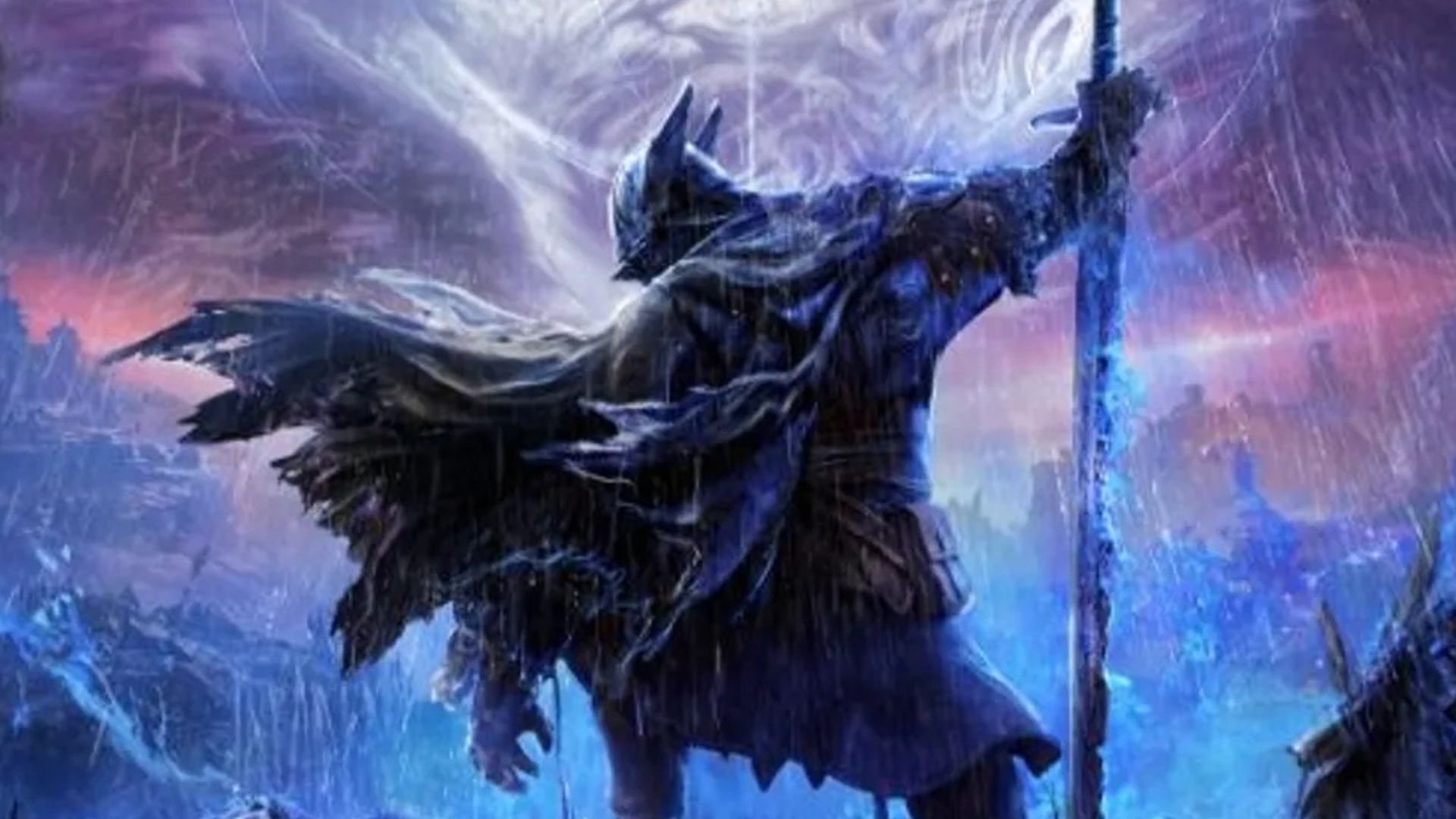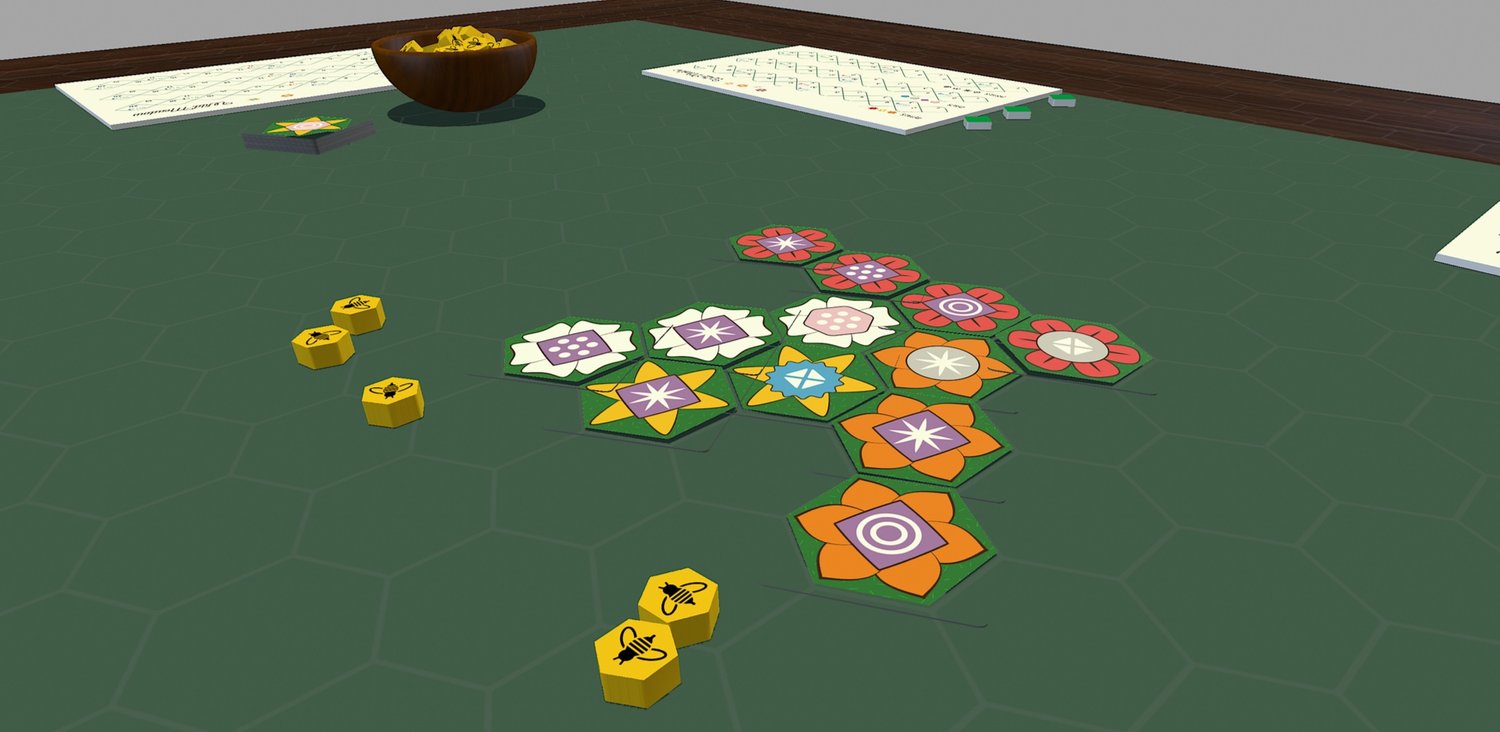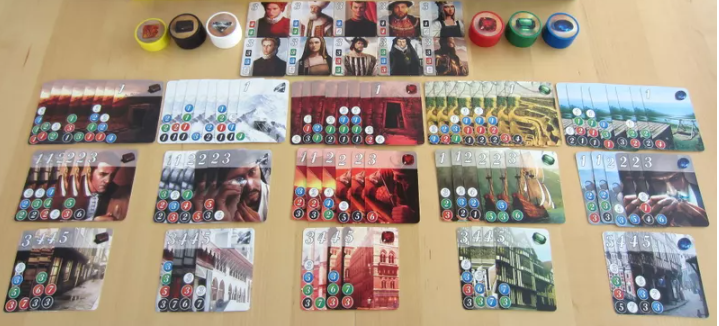Torn Banner Studios has been busy working on the massive zombie survival game No More Room in Hell 2 lately, but, before it shifted attention to that project, the team put out Chivalry 2. The sequel to a 2012 game that brings the intense medieval battles of RTS games like Crusader Kings 3, Total War: Medieval 2, or Mount and Blade 2: Bannerlords into a more intimate, action-heavy focus, it serves as one of the most unique multiplayer projects to date. It’s now cheaper than ever to dig into the game for yourself, as Chivalry 2 is currently available at a steep discount on Steam.
A kind of low technology take on the multiplayer FPS game, Chivalry 2 is a deep but immediately enjoyable game that pits players against each other as soldiers in a fictional medieval war. Our review gave it an 8/10, saying that Chivalry 2’s “unswerving dedication to fun and goofiness makes it a rare treat in modern multiplayer gaming.”
Its mix of impactful combat, whose highlight is facing down enemies with melee weapons like swords or axes, and ludicrous, over-the-top presentation is excellent. Whether charging across a field on the back of a horse or screaming a war cry as clumps of soldiers stand around hacking at one another, Chivalry 2 is a good time for dedicated and less invested players alike.

Now is also a good time to give it a try. Chivalry 2 is 80% off on Steam until Thursday June 26, which makes it $7.99 USD / £7.19. Grab a copy right here.
Or, you can find other options like Chivalry with our picks for the best medieval games and best multiplayer games on PC.
You can follow us on Google News for daily PC games news, reviews, and guides. We’ve also got a vibrant community Discord server, where you can chat about this story with members of the team and fellow readers.
